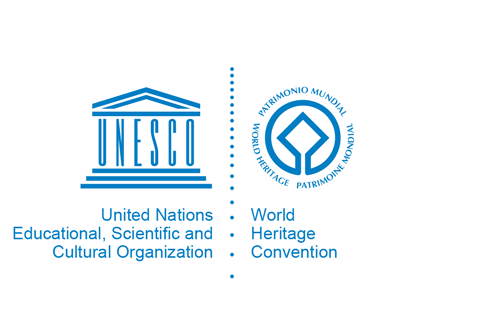Abbey of Kremsmünster
Bundesdenkmalamt
Upper Austria
Disclaimer
The Tentative Lists of States Parties are published by the World Heritage Centre at its website and/or in working documents in order to ensure transparency, access to information and to facilitate harmonization of Tentative Lists at regional and thematic levels.
The sole responsibility for the content of each Tentative List lies with the State Party concerned. The publication of the Tentative Lists does not imply the expression of any opinion whatsoever of the World Heritage Committee or of the World Heritage Centre or of the Secretariat of UNESCO concerning the legal status of any country, territory, city or area or of its boundaries.
Property names are listed in the language in which they have been submitted by the State Party
Description
The extensive, monumental structure of the Kremsmunster Abbey with its valuable buildings and art treasures dating back to this foundation period in the 8th century is an exemplary illustration of the still felt spiritual, scientific and cultural continuity of a Benedectine monastery. The spiritual function of such centres, which was so important to the history of the occident, was that of a universal education institution.
Kremsmunter reflects this function in the way its so-called "Mathematical Tower" is built and furnished: individual floor levels house expert collections of the relevant fields of knowledge. Economic prosperity in the 17th and 18th centuries resulted in Baroque additions, major extensions and changes to the monastery complex, as is characteristic of many similar structures in the South-German area, with Kremsmunster being a particularly fine example. Renowned Italian and local architects and artists met to add highly interesting new architectural creations,such as the design of the arcaded baroque fish pond. A rich stock of books including valuable medieval manuscripts and a collection of art treasures featuring top oeuvres of European goldsmithery (e.g.Tassilo Chalice) have been preserved at Kremsmunster. The conservation of both structures and art treasures is exemplary.


 Austria
Austria